The History of Kratom and Its Relationship with the FDA: A Global Perspective
Kratom, derived from the leaves of the Mitragyna speciosa tree, has become a topic of much debate and interest in recent years. Traditionally used in Southeast Asia for its stimulant and relaxing effects, kratom has drawn attention from both consumers and regulatory agencies as its popularity has spread to the West. In particular, organizations such as the U.S. Food and Drug Administration (FDA) and the World Health Organization (WHO) have scrutinized kratom’s safety and legality.
This post will explore kratom’s historical journey, from its traditional roots to its modern regulatory challenges, particularly in relation to the FDA and the WHO, as well as its future in the global landscape.
The Traditional Roots of Kratom
Origins in Southeast Asia
Kratom has a rich history in Southeast Asia, where it has been used for centuries by locals in countries such as Thailand, Malaysia, and Indonesia. Traditionally, kratom leaves were either chewed or brewed into tea. Laborers and farmers, in particular, relied on kratom to enhance energy and alleviate fatigue during long hours of physically demanding work.
At higher doses, kratom was also consumed to induce a sense of relaxation. Indigenous communities used it in cultural practices and as a natural remedy for a range of everyday discomforts, including helping the body adjust after periods of stress or exertion. The active compounds in kratom, particularly mitragynine and 7-hydroxymitragynine, interact with receptors in the brain, offering both stimulating and relaxing effects depending on the dosage.
Introduction to the West
Kratom remained relatively unknown outside of Southeast Asia until the early 2000s, when it began gaining traction in the United States and Europe. Its rise in popularity came as more people sought natural alternatives for managing stress, improving mood, and supporting overall well-being. Online retailers and specialty shops made kratom widely accessible, and users praised its versatility. However, with this rise came growing concerns over its potential misuse.
The FDA’s Position on Kratom
Initial Concerns and Warnings
The FDA’s relationship with kratom has been fraught with tension. In 2014, the agency began issuing public warnings about the risks associated with kratom, particularly its opioid-like effects. The FDA raised concerns about kratom’s potential for misuse, addiction, and other adverse effects. By 2016, the FDA had linked kratom to multiple health incidents, including 36 deaths, which led to increased scrutiny.
The FDA issued import alerts to prevent kratom products from entering the U.S. market and advocated for kratom to be classified as a Schedule I substance, a category reserved for drugs with high abuse potential and no accepted medical use. In 2018, FDA Commissioner Dr. Scott Gottlieb released a statement highlighting the dangers of kratom, arguing that its compounds acted similarly to opioids and posed significant risks to consumers.
Pushback from Advocates and the Public
Despite the FDA’s stance, kratom users and advocacy groups, including the American Kratom Association (AKA), have fiercely defended the herb. Advocates argue that kratom has helped countless individuals improve their quality of life, offering benefits such as relaxation, mood enhancement, and improved energy. They also stress that many users rely on kratom to manage their well-being naturally, without turning to synthetic substances.
In 2016, after significant public outcry and pressure from the scientific community, the Drug Enforcement Administration (DEA) halted its attempt to classify kratom as a Schedule I substance, allowing more time for public and scientific input. This moment was seen as a victory for kratom advocates, but it also underscored the ongoing regulatory struggle surrounding the herb.
The Role of the World Health Organization (WHO)
WHO’s Review of Kratom
In 2021, the World Health Organization’s Expert Committee on Drug Dependence (ECDD) initiated a pre-review of kratom, assessing whether it should be controlled internationally under the United Nations’ drug scheduling system. The review was prompted by concerns over kratom’s safety and the potential for misuse in certain countries.
After an in-depth evaluation, the ECDD concluded that while there were some reports of misuse and negative health outcomes, the evidence was insufficient to recommend scheduling kratom as a controlled substance at the global level. Instead, the WHO called for continued monitoring of kratom use and encouraged further research into its effects.
This decision was welcomed by kratom advocates as a win, validating the view that kratom can offer benefits when used responsibly. However, the WHO’s stance does not prevent individual countries, including the United States, from regulating or banning kratom as they see fit.
The Future of Kratom: Regulation and Research
Calls for Balanced Regulation
The ongoing debate around kratom centers on how best to balance consumer safety with access to alternative wellness products. Advocates call for a regulated framework that would standardize kratom products and ensure quality control without pushing for an outright ban. They argue that banning kratom would drive it underground, making it harder to regulate and increasing the risk of adulterated or unsafe products entering the market.
Many kratom supporters believe that thoughtful regulation can protect consumers while preserving access to this natural herb. This includes measures such as age restrictions, product labeling, and testing to ensure that kratom products are free from harmful additives.
Ongoing Research
As kratom’s popularity continues to grow, more researchers are taking a closer look at its potential effects. Studies are underway to explore kratom’s role in promoting wellness and its potential to support individuals looking for a more balanced lifestyle. Research is also focusing on understanding how kratom’s alkaloids interact with the body, and how it may be a viable natural option for those seeking more than conventional alternatives.
However, scientific research on kratom is still in its early stages, and more clinical trials are necessary to provide a comprehensive understanding of kratom’s long-term effects and safety profile.
The Kratom Consumer Protection Act (KCPA)
In response to the growing concerns about the safety and quality of kratom products, the Kratom Consumer Protection Act (KCPA) was introduced at the state level. This act aims to protect consumers by creating a framework that regulates the sale of kratom, ensuring that products are pure and free from harmful additives.
Key Provisions of the KCPA
- Banning Adulterated Products: The act prevents the sale of kratom products containing synthetic or harmful substances, ensuring consumers receive pure kratom.
- Age Restrictions: The KCPA typically prohibits the sale of kratom to individuals under the age of 18 or 21, depending on the state.
- Labeling Requirements: Kratom products must be clearly labeled, including ingredient lists and dosage recommendations to help consumers make informed choices.
Several states, including Utah, Arizona, and Nevada, have already passed versions of the KCPA. This move sets a precedent for how kratom can be regulated responsibly without resorting to outright bans, which advocates view as a balanced approach that protects both consumers and kratom’s availability.
Conclusion
Kratom’s journey from Southeast Asia to the global stage is a testament to the complex interplay between traditional medicine, regulatory frameworks, and modern science. While kratom offers unique benefits and has garnered a growing base of loyal consumers, it remains a controversial topic, particularly in relation to regulatory bodies like the FDA and WHO.
For now, the future of kratom regulation remains uncertain. Advocates continue to push for responsible oversight that ensures safety without stifling access, while regulators remain cautious about the potential risks. As more research emerges and conversations evolve, kratom’s place in the wellness world may become clearer, but for now, it remains a topic of passionate debate and ongoing discussion.


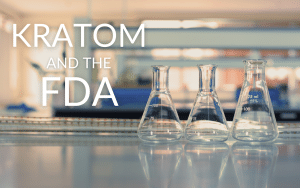

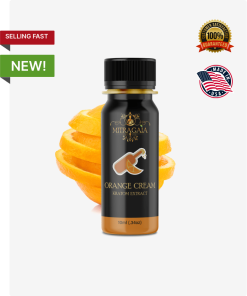
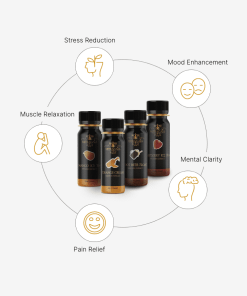

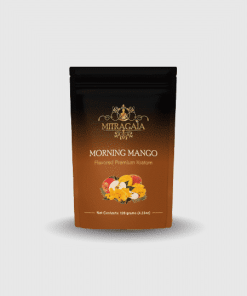
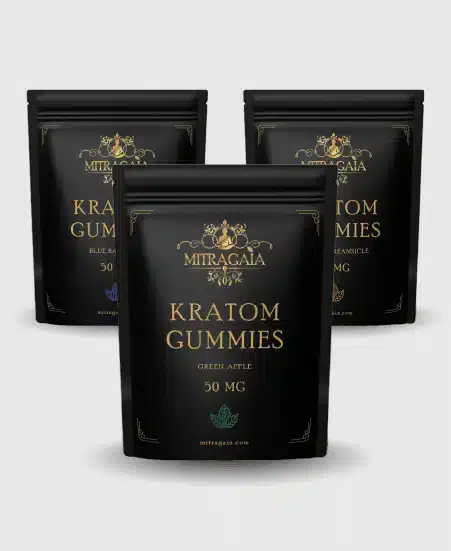
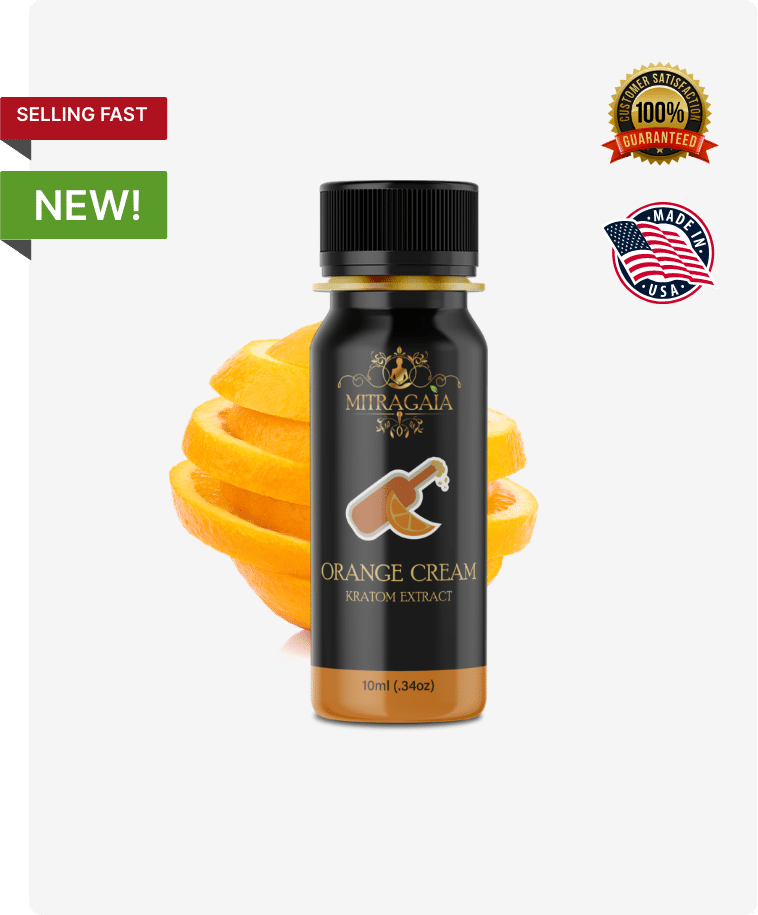

Will you ever have kava kava gummies again..? They used to be the highlight of my night. I hated taking Benadryl to go to sleep and the kava REALLY helped.
Hello there and thanks for the interest in our kava gummies. We do have plans to bring those back in the future, but I can’t give you an exact timeline at the moment. Please make sure you have signed up for our emails so you will be in the first to know when we have them back in stock!